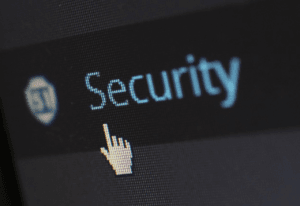Despite the many warnings, many people still use just a username and password to access accounts, which is known as single-factor authentication. While this method offers a basic level of security, it is often not enough to protect against today’s advanced cyber attacks. Multi-factor authentication (MFA), on the other hand, requires multiple forms of identification, making it much harder for cybercriminals to gain unauthorized access.
Types of Authentication Factors
MFA strengthens security by incorporating different types of authentication factors. These factors generally fall into three main categories:
- Knowledge-Based Factors (Something You Know): This includes things like passwords, PIN numbers, or answers to security questions.
- Possession-Based Factors (Something You Have): Items such as hardware tokens, mobile apps that generate one-time passwords, or codes sent via SMS.
- Inherent Factors (Something You Are): Biometric details like fingerprint scans or facial recognition.
Examples of Authentication Methods
Several methods can be used to implement MFA effectively:
- Biometric Authentication: Using fingerprints or facial recognition for verification.
- Mobile Apps: Applications that generate one-time passwords to be used alongside the usual username and password.
- SMS Codes: Sending a one-time code via text message to a mobile device.
- Hardware Tokens: Physical devices that generate one-time codes or need to be inserted into a device in addition to a password.
- Security Questions: Questions set up during account creation that only the user would know the answers to.
The Importance of Layered Security
Businesses face various cyber threats, from brute force attacks to social engineering tricks aimed at stealing passwords. MFA helps mitigate these risks by adding extra layers of verification, making it much more challenging for hackers to gain access to sensitive information, even if they manage to obtain a password.
Implementing MFA is relatively simple and user-friendly. Generating and entering an additional code or using a biometric scan usually takes just a few seconds. This small effort is a minor inconvenience compared to the significant security benefits and the peace of mind it offers.
Small and midsize businesses are often the most vulnerable to cyber attacks and may find it hard to recover from such breaches. Investing in MFA can provide a robust security layer that helps protect against common threats. By improving security, businesses can ensure that their cybersecurity teams can focus on other critical areas and enhance overall operational efficiency.
Conclusion
In an age where cyber threats are continually evolving, multi-factor authentication serves as a crucial tool for protecting your business. By requiring multiple forms of identification, MFA makes it significantly harder for unauthorized users to gain access, providing an essential layer of security for businesses of all sizes.





